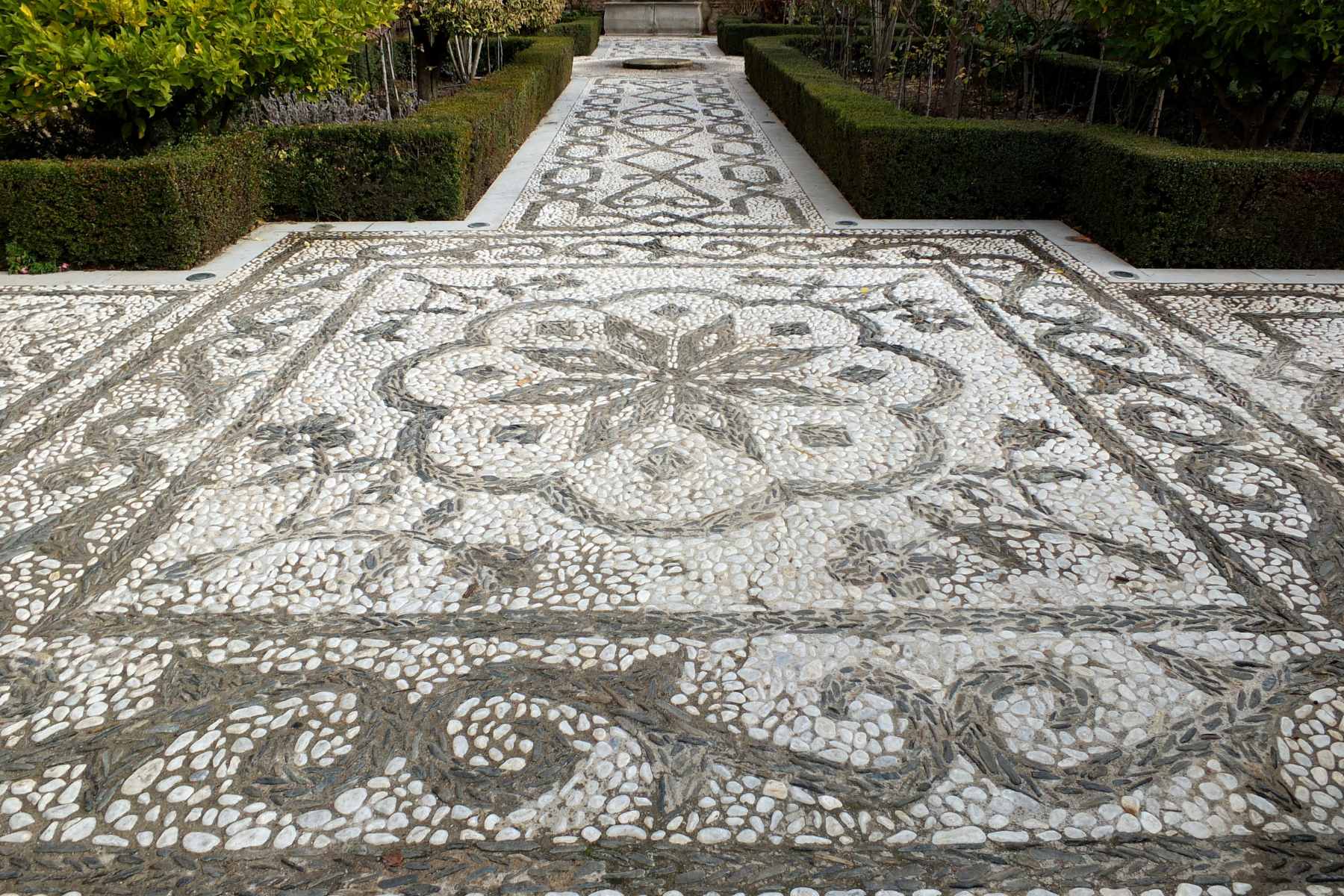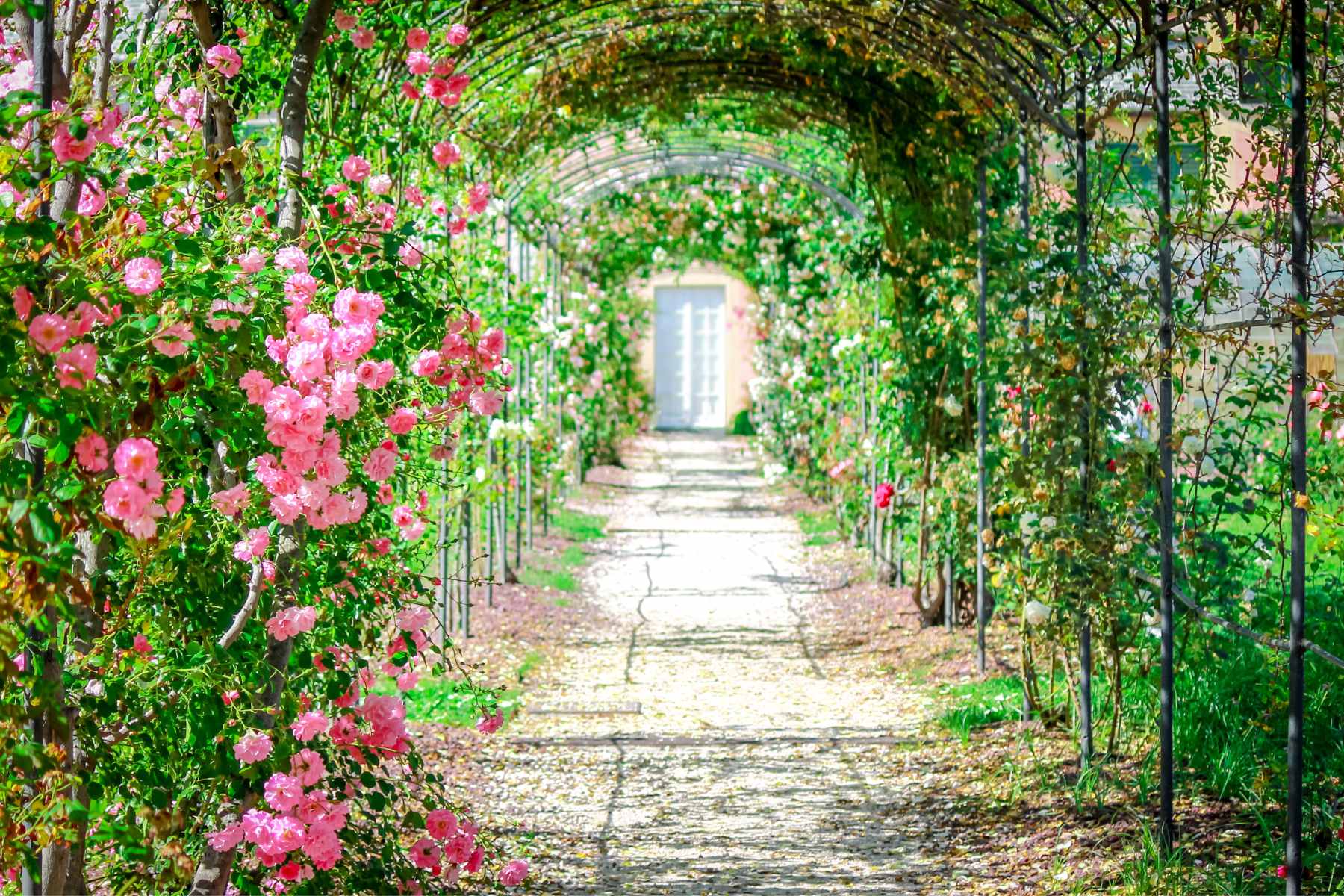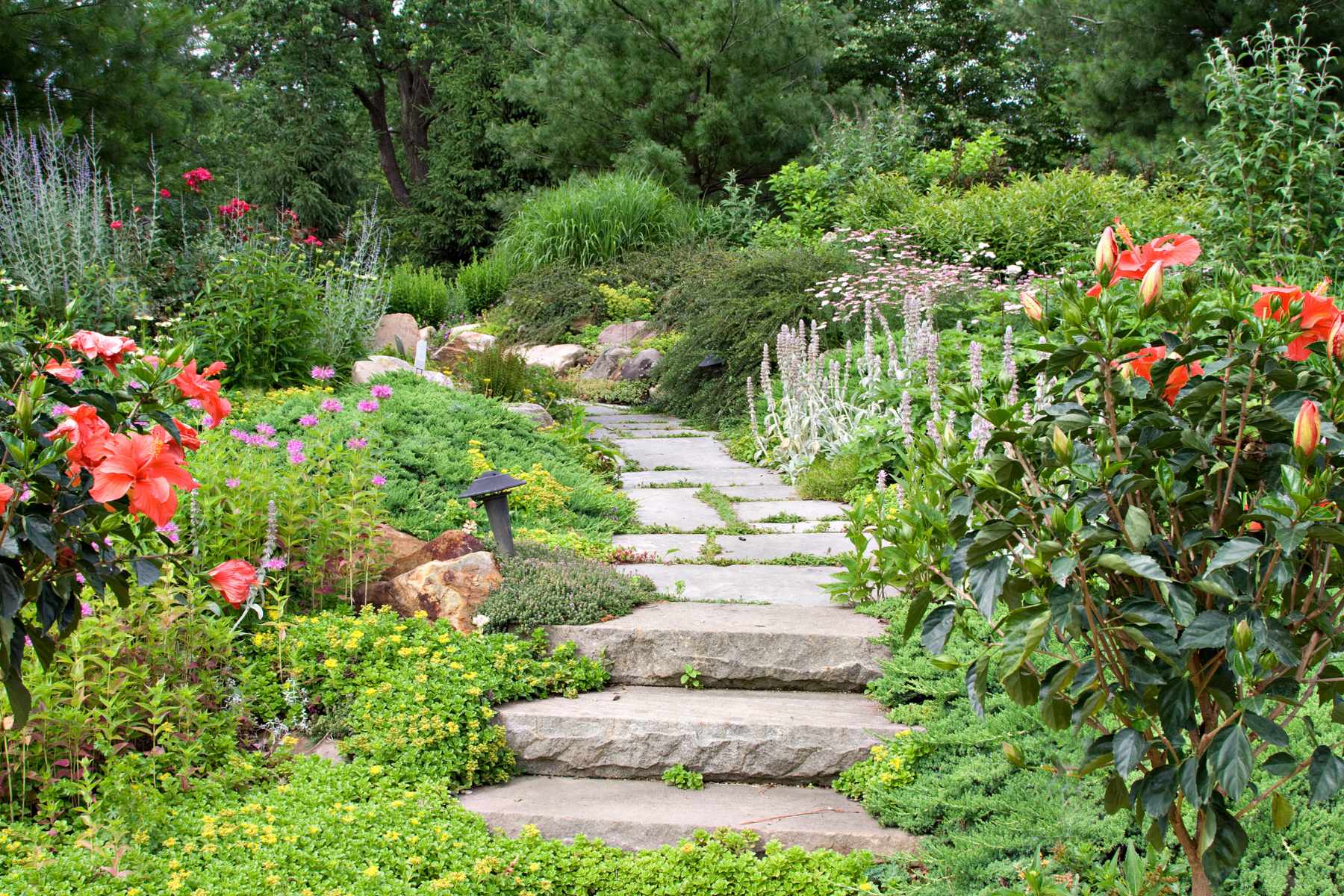
The garden path is not merely a means of traversing through your outdoor space; it is an opportunity to add charm, character, and functionality to your garden. With a little creativity and careful planning, you can create a path that not only guides visitors through your garden but also enhances the overall aesthetic appeal. In this article, we will explore various tips and ideas to help you create the perfect garden path, incorporating features from within the garden and exploring different styles to suit your preferences.
Designing with Creativity
When it comes to designing a garden path, let your imagination soar and infuse your personal style. Here are some creative ideas to consider:
|
a. Curved and Meandering Paths: Instead of a straight and predictable path, opt for a curvaceous route that encourages exploration and discovery. The sinuous curves create a sense of intrigue and lead the eye to various focal points within your garden. A narrower path will encourage slow movement through the garden whereas a wider path enables a faster paced walk from a to b.
b. Stepping Stones: Utilise stepping stones to create a whimsical path that appears to float atop a bed of lush green grass or vibrant pebbles. Experiment with different shapes, sizes, and materials, such as natural stone, concrete, or wood, to add visual interest.
c. Mosaic Designs: Introduce artistry into your garden by incorporating a mosaic pathway. Use colourful tiles, broken china, or even pebbles to create intricate patterns or depict natural scenes. Mosaic paths add a unique touch and can become a centerpiece of your garden.
d. Vertical Elements: Consider adding vertical elements along your path, such as archways, trellises, or pergolas. These structures not only provide support for climbing plants but also create a sense of enclosure and definition, transforming the path into an enchanting passage. |
 |
 |
Integrating Garden Features
To make your garden path truly captivating, integrate various garden features into its design. Here are some ideas to consider:
 |
a. Water Features: If you have a water feature in your garden, such as a pond, fountain, or small waterfall, position your path in a way that takes advantage of its proximity. Create your pathway so you can interact with the water feature and appreciate its beauty up close.
b. Garden Beds: Surround your path with well-planned garden beds filled with colourful flowers, aromatic herbs, or lush foliage. Vary the height and texture of the plants to create visual interest and complement the path's design. Additionally, consider planting low-growing ground covers along the edges of the path to soften its appearance.
c. Sculptures and Art Installations: Incorporate sculptures, art installations, or decorative features along your path to create focal points and ignite visual intrigue. These elements can range from abstract sculptures to decorative garden ornaments that reflect your personal taste and style.
d. Lighting: Extend the usability of your garden path into the evening hours by incorporating lighting elements. Install solar-powered path lights or lanterns to illuminate the path's edges or place subtle uplighting to highlight specific features, such as trees or sculptures. Lighting not only enhances safety but also adds an enchanting ambiance to your garden. |
 |
Exploring Different Styles
Garden paths can be designed to reflect various styles, each with its unique charm and characteristics. Here are a few popular styles and their meanings:
|
a. Formal Style: A formal garden path is characterised by straight lines, symmetrical layouts, and well-manicured hedges. It conveys a sense of elegance and orderliness, often found in classical or contemporary gardens.
b. Cottage Style: This style exudes a relaxed and romantic atmosphere, with winding paths, abundant flowers, and a mix of colourful and fragrant plants. Cottage-style paths often incorporate rustic materials like weathered bricks, cobblestones, or gravel to create a charming, old-world feel. Add some natural charm by incorporating small plants like sedum in the gaps between your paving.
c. Zen Style: Inspired by Japanese gardens, Zen-style paths emphasise simplicity, minimalism, and a harmonious connection with nature. They often feature clean lines, smooth stones, and carefully raked gravel, inviting visitors to experience tranquility and mindfulness as they stroll along the path.
d. Contemporary Style: A contemporary garden path embraces sleek lines, modern materials, and innovative design. Use materials such as concrete, steel, or composite decking to create a clean and streamlined look. Incorporate geometric shapes and minimalist plantings for a sophisticated and cutting-edge vibe. |
 |
 |
Practical Considerations
While creativity and style are essential, practicality should not be overlooked when designing your garden path. Here are some practical considerations to keep in mind:
Accessibility: Ensure that your path is accessible to everyone, including individuals with mobility challenges or disabilities. Design the path with gentle slopes or consider installing ramps or handrails where necessary.
Maintenance: Choose materials and plantings that are easy to maintain and withstand the climate in your area. Opt for durable and weather-resistant materials that require minimal upkeep. Select plants that are suitable for the area and consider their growth habits to prevent obstruction of the path.
Drainage: Proper drainage is crucial to prevent water accumulation and ensure the longevity of your path especially in areas of poor drainage. Ensure the path has a slight slope to allow rainwater to drain away efficiently or make sure it run away towards the outer edges. Use porous materials or incorporate drainage channels to manage water flow.
Safety: Incorporate slip-resistant materials or textures, particularly in areas prone to moisture, to prevent accidents. Consider adding handrails or lighting elements to improve visibility during the night.
Conclusion
Designing the perfect garden path is an exciting opportunity to showcase your creativity, incorporate garden features, and explore different styles. By considering creative ideas, integrating garden elements, and understanding the nuances of various styles, you can create a path that is not only visually appealing but also functional and reflective of your personal taste. Remember to strike a balance between aesthetics and practicality, ensuring accessibility, easy maintenance, proper drainage, and safety. With these tips in mind, embark on your journey to create a captivating garden path that leads visitors on a delightful and immersive experience within your outdoor oasis.

Do you have any more advice on how to create the perfect garden path? Let us know in the comments section!

